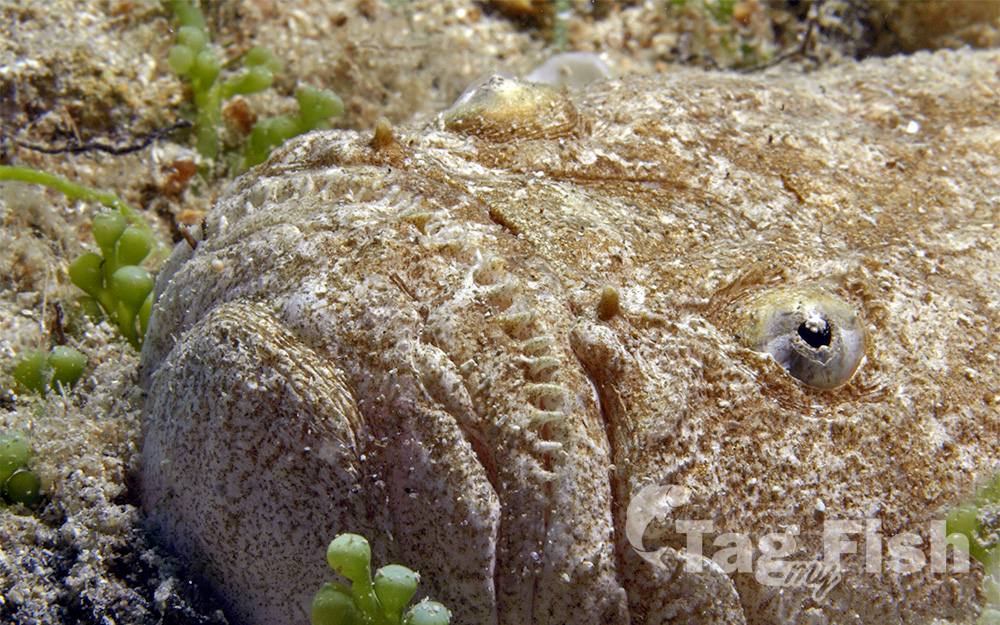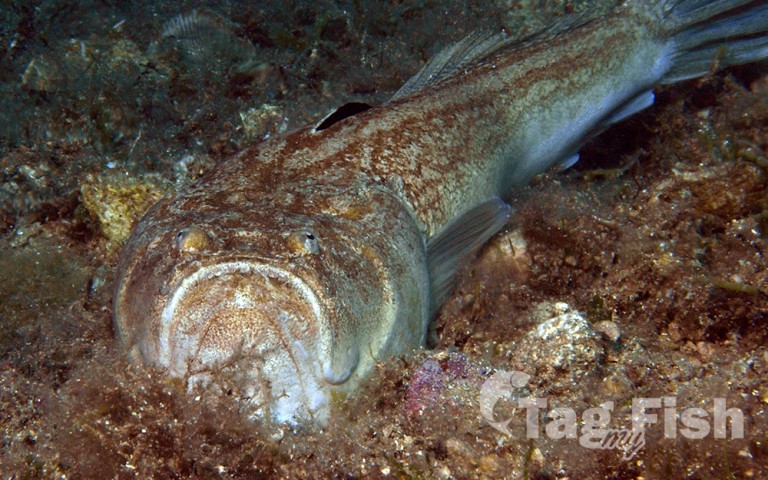Uranoscopidae - Stargazers

Description
The stargazers are a family, Uranoscopidae, of perciform fish that have eyes on top of their heads (hence the name). The family includes about 51 species (one extinct) in eight genera, all marine and found worldwide in shallow and deep saltwaters.
Description
In addition to the top-mounted eyes, a stargazer also has a large, upward-facing mouth in a large head. Their usual habit is to bury themselves in sand, and leap upwards to ambush prey (benthic fish and invertebrates) that pass overhead. Some species have a worm-shaped lure growing out of the floors of their mouths, which they can wiggle to attract preys attention. Both the dorsal and anal fins are relatively long; some lack dorsal spines. Lengths range from 18 up to 90 cm, for the giant stargazer Kathetostoma giganteum.
Stargazers are venomous; they have two large venomous spines situated behind their opercles and above their pectoral fins. The species within the genera Astroscopus and Uranoscopus can also cause electric shocks. Astroscopus species have a single electric organ consisting of modified eye muscles, while Uranoscopus species have theirs derived from sonic muscles. These two genera within stargazers are out of eight independent evolutions of bioelectrogenesis. They are unique among electric fish in not possessing specialized electroreceptors.













